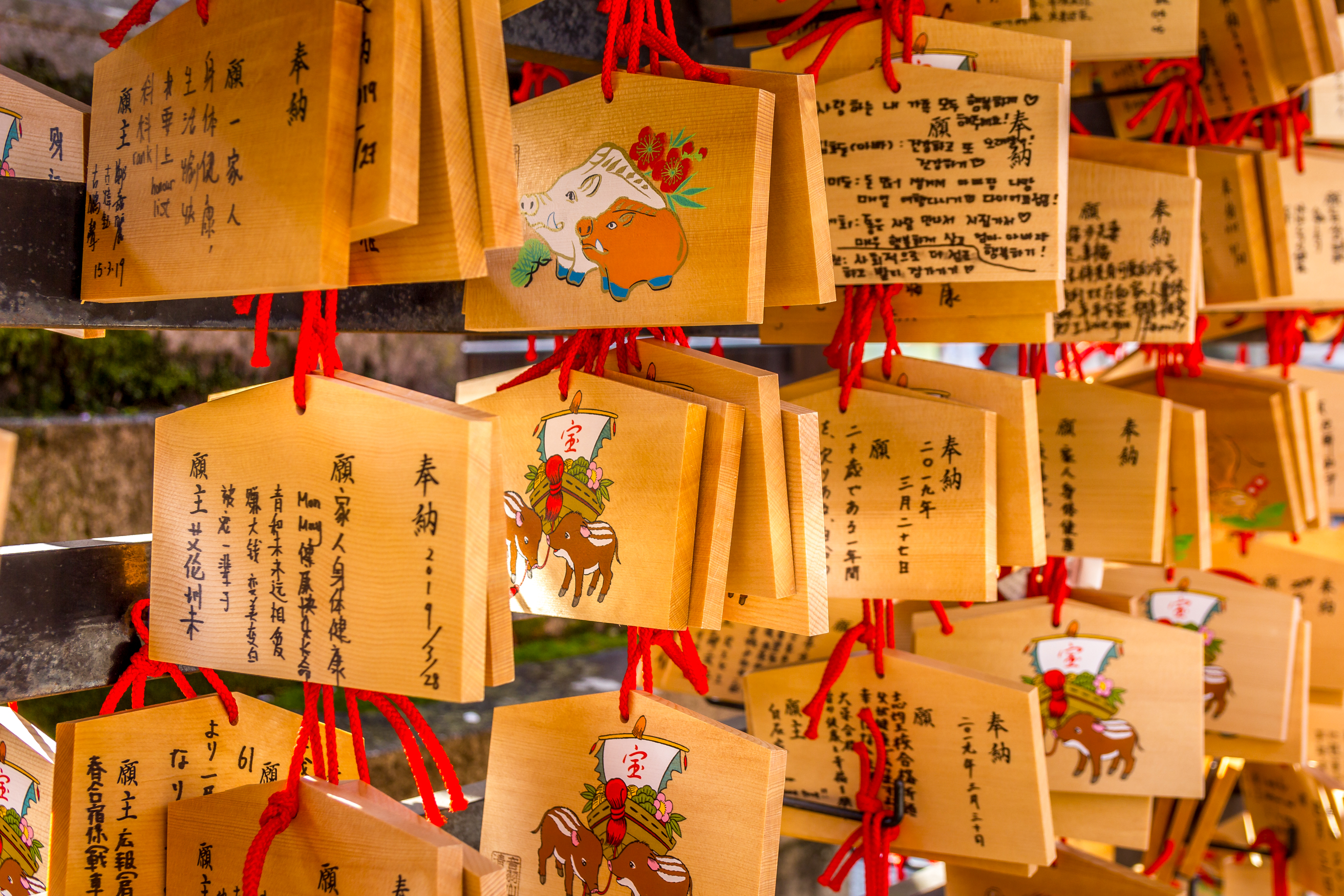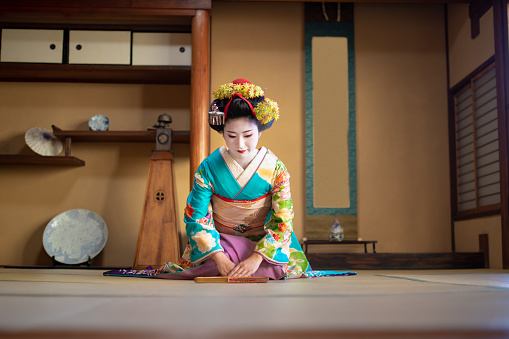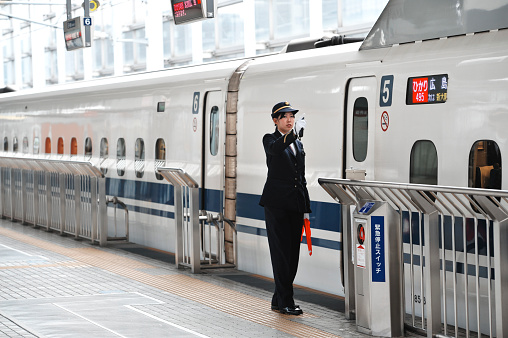

Geisha in Japan
Geishas are one of Japan’s most iconic images, yet many UK travellers are unsure what they really do.
This guide clears up the confusion and shows you how to enjoy a respectful geisha experience as part of your Japan holiday.
What Is a Geisha?
Geishas (known as geiko in Kyoto, and maiko for apprentices) are highly trained performers. Far from being entertainers in the modern sense, they are accomplished artists, skilled in traditional Japanese dance, music, tea ceremony, and calligraphy.
They also master conversation, seasonal etiquette, and a repertoire of parlour games used to entertain guests in private settings.
Geishas are not courtesans or hostesses. They are cultural custodians, preserving centuries-old traditions in the modern world. Most train for years before reaching professional status, with many starting as teenagers in dedicated geisha houses (okiya).
What Do They Wear?
Geisha and maiko clothing is deeply symbolic, reflecting status, age, and formality.
Maiko wear brightly coloured kimono with long swinging sleeves (furisode), ornate embroidered collars, and heavy brocade obi belts that are tied in a distinctive trailing style. Their hair is styled by hand into elaborate arrangements using their own hair, decorated with seasonal hairpieces (kanzashi). They often wear tall wooden sandals (okobo) that make a distinct clacking sound as they walk.
Geiko, being fully trained, wear more refined, subdued kimono with shorter sleeves and simpler, elegant patterns. Their obi is less elaborate and tied in a more understated fashion. They typically wear wigs styled in the traditional shimadacoiffure, signalling seniority and professionalism. Footwear usually includes zori or getasandals, depending on the occasion.
A Day in the Life
A typical day for a maiko or geiko involves rehearsals for performances, lessons in music or dance, preparing their hair and dress (often with professional assistance), and attending engagements in the evening. Public performances are rare – most work takes place in teahouses (ochaya) or private functions, often for guests introduced through long-standing networks.
Common Myths (and the Truth)
Myth: Geishas no longer exist. Truth: There are still hundreds practising today, particularly in Kyoto and Kanazawa
Myth: They perform for tourists on demand. Truth: Most engagements are carefully arranged through trusted intermediaries
Myth: Geishas speak English and pose for selfies. Truth: Interactions are formal, respectful, and often require interpretation or guidance
How to Experience a Geisha Encounter (Respectfully)
Attend a cultural performance – Some public shows in Kyoto and Kanazawa feature traditional dance and live music
Book a tea ceremony or meal with a maiko – Arranged through specialist agencies, such as Secret Japan Travel, often includes a Q&A and photo opportunity
Walk through geisha districts like Gion – You might see a geiko on her way to an evening appointment. Please don’t crowd, follow or photograph them without permission
Best Places in Japan to See Geishas
Kyoto – especially Gion, Pontocho, and Miyagawacho
Kanazawa – Higashi Chaya geisha district
Tokyo – Kagurazaka and Asakusa maintain smaller, but still active communities
Final Thoughts
Meeting a geisha can be one of the most memorable moments of a trip to Japan – a glimpse into an elegant, vanishing world where discipline, art, and ritual blend seamlessly. These women are not relics of the past, but living artists upholding an intricate cultural tradition. With the right guidance and a respectful approach, British travellers can enjoy an encounter that’s both meaningful and unforgettable.

Want help arranging a cultural experience? Speak to our travel team.

20
Oct
Accessibility in Japan
Japan often surprises visitors with how efficiently it handles accessibility. Streets are orderly, public transport is designed with care, and people are quick to help. Japan as clean, easier and more predictable than travellers expect. That said, older districts and rural areas can still be awkward. Avance planning makes a real difference.

17
Sep
Funny (but true) facts about Japan that will surprise you (Part 2)
Think Japan can’t surprise you anymore? Think again. Here are more funny, odd or utterly delightful things we’ve seen